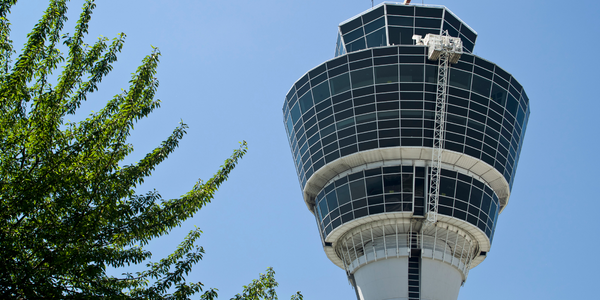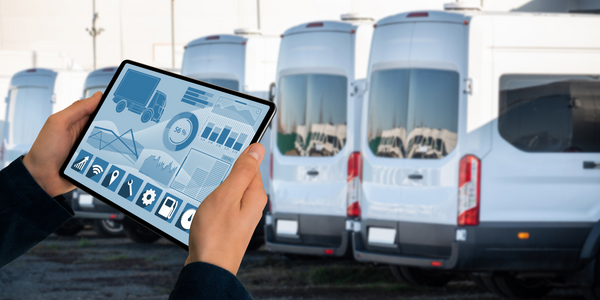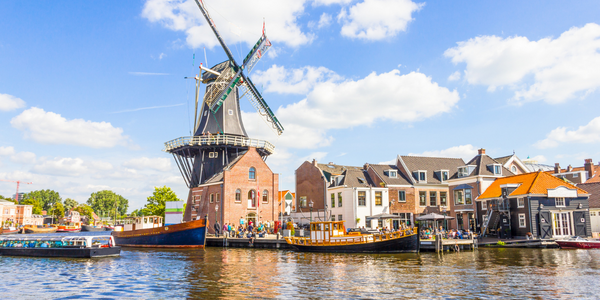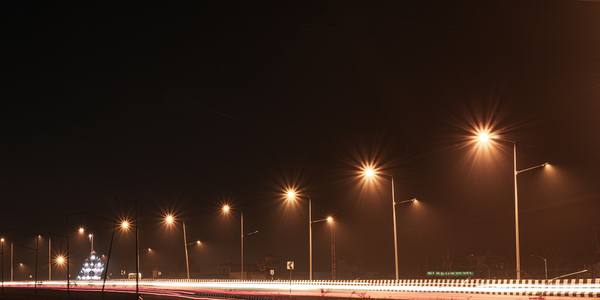From Sin City to Smart City: How Las Vegas Configured its Cloud-Born Platform with Future-Ready Parking Solutions
Customer Company Size
Large Corporate
Region
- America
Country
- United States
Product
- FlashParking Mobility Hub Operating System
- Parker Technology Two-Way Video Intercom System
- FlashParking Mobile App
Tech Stack
- Open-API Architecture
- Bluetooth
- Cloud-Born Platform
Implementation Scale
- Enterprise-wide Deployment
Impact Metrics
- Customer Satisfaction
- Digital Expertise
- Productivity Improvements
Technology Category
- Platform as a Service (PaaS) - Connectivity Platforms
- Application Infrastructure & Middleware - API Integration & Management
- Networks & Connectivity - Bluetooth
Applicable Industries
- Cities & Municipalities
- Transportation
Applicable Functions
- Facility Management
- Logistics & Transportation
Use Cases
- Smart City Operations
- Building Automation & Control
- Fleet Management
- Predictive Maintenance
Services
- System Integration
- Cloud Planning, Design & Implementation Services
- Software Design & Engineering Services
About The Customer
The City of Las Vegas is a bustling urban center known for its vibrant entertainment scene, attracting nearly 23 million visitors annually. The city is committed to staying at the forefront of new technologies, particularly in its efforts to transform into a Smart City. Brandy Stanley, the city's Parking Services Manager, spearheads initiatives to integrate advanced technologies into the city's infrastructure. The city’s parking facilities, including municipal garages and surface lots, play a crucial role in managing the influx of visitors and ensuring smooth transportation. With nearly 500 events a year requiring parking services, Las Vegas needed a reliable, future-ready partner to help manage its parking assets efficiently and enhance the overall visitor experience.
The Challenge
Las Vegas needed a future-ready partner who could innovate alongside the Smart City and help it avoid traditional obsolescence issues. FlashParking immediately began bringing Brandy’s vision for smart parking to life by deploying 21st Century Parking technology in garages across the city. Nearly overnight these facilities could offer electronic validations, Bluetooth touchless access, over-the-air system updates. Not to mention widespread integrations -- from eParking reservations to two-way video support – available through the FlashParking platform. FlashParking was able to repeatedly integrate previously disconnected, disjointed systems to streamline processes and enhance the end-to-end parking experience for guests. An increase in rideshare traffic was intensifying traffic congestion in the urban core. With close to 23 million visitors a year, the city of Las Vegas was looking for a way to ease curbside congestion and ensure safe and convenient transportation availability. To solve the issue, innovation within the city’s existing transportation ecosystem was critical.
The Solution
Leveraging the FlashParking platform’s open-API architecture, the city worked with a popular rideshare company and FlashParking to create a rideshare staging area at two city-owned garages. The rideshare integration with FlashParking’s system allowed drivers to easily access the garages via Bluetooth or a digital barcode in FlashParking's mobile app to wait for a ride, use a bathroom, or grab a meal from a food truck off of the city’s busy streets. The city also utilized FlashParking’s integration with Parker Technology, a two-way video intercom system, to support the driver experience by providing highly personalized service at the gates. Las Vegas is an event-heavy city and needed a parking system that was configured to the customers they serve. With nearly 500 events a year that require the services of garages and parking lots, having a reliable system in place to ensure a simple, seamless customer experience was essential. Mobile-first, Bluetooth-enabled hardware provides easy entry and exit, while over-the-air updates allow the parking assets to be updated and configured remotely, like resolving an issue with a pay station. As a result, these garages are self-maintained, PCI compliant, and deliver a frictionless experience, allowing the city to be more flexible with asset use without losing control of the revenue stream.
Operational Impact
Quantitative Benefit

Case Study missing?
Start adding your own!
Register with your work email and create a new case study profile for your business.
Related Case Studies.

Case Study
Turning A Stadium Into A Smart Building
Honeywell created what it called the “intelligent system” for the National Stadium in Beijing, China, turning the venue for the opening and closing events at the 2008 Summer Olympics into a “smart building.” Designed by highly controversial artist Ai Weiwei, the “Bird’s Nest” remains one of the most impressive feats of stadium architecture in the world. The 250,000 square meter structure housed more than 100,000 athletes and spectators at a time. To accommodate such capacity, China turned to Honeywell’s EBI Integrated Building Management System to create an integrated “intelligent system” for improved building security, safety and energy efficiency.
.png)
Case Study
Smart Street Light Network (Copenhagen)
Key stakeholders are taking a comprehensive approach to rethinking smart city innovation. City leaders have collaborated through partnerships involving government, research institutions and solution providers. The Copenhagen Solutions Lab is one of the leading organizations at the forefront of this movement. By bringing together manufacturers with municipal buyers, the Copenhagen Solutions Lab has catalyzed the development and deployment of next-generation smart city innovations. Copenhagen is leveraging this unique approach to accelerate the implementation of smart city solutions. One of the primary focus areas is LED street lighting.

Case Study
Airport SCADA Systems Improve Service Levels
Modern airports are one of the busiest environments on Earth and rely on process automation equipment to ensure service operators achieve their KPIs. Increasingly airport SCADA systems are being used to control all aspects of the operation and associated facilities. This is because unplanned system downtime can cost dearly, both in terms of reduced revenues and the associated loss of customer satisfaction due to inevitable travel inconvenience and disruption.

Case Study
IoT-based Fleet Intelligence Innovation
Speed to market is precious for DRVR, a rapidly growing start-up company. With a business model dependent on reliable mobile data, managers were spending their lives trying to negotiate data roaming deals with mobile network operators in different countries. And, even then, service quality was a constant concern.

Case Study
Buoy Status Monitoring with LoRa
The Netherlands are well-known for their inland waterways, canals, sluices and of course port activities. The Dutch Ministry of Infrastructure indicates that there are thousands of buoys and fixed items in and near water environments that would profit from IoT monitoring. One of the problems with buoys for example, is that they get hit by ships and the anchor cable breaks. Without connectivity, it takes quite some time to find out that something has happened with that buoy. Not to mention the costs of renting a boat to go to the buoy to fix it. Another important issue, is that there is no real-time monitoring of the buoys at this moment. Only by physically visiting the object on the water, one gains insight in its status.







